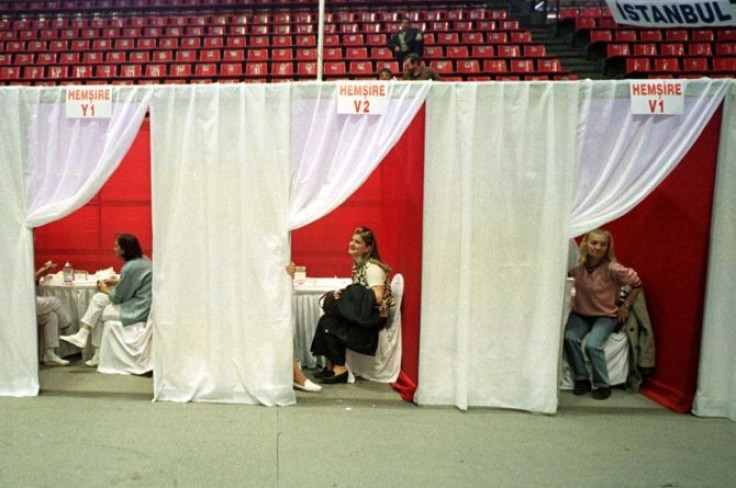Appeals Court Unanimously Rejected Gov't Request to Reconsider Ban for Bone Marrow Market

A federal appeals court on Tuesday unanimously rejected a request from the federal government to reconsider a ruling that most bone marrow donors can be paid for their donations like blood donors.
None of the 25 active judges on the U.S. 9th Circuit Court of Appeals took up the petition by Atty. Gen. Eric H. Holder Jr., to review a December ruling that overturned the criminality of compensating bone marrow donors, which the government fears could lead to money influencing donation decision.
Previously donating bone marrow was classified as donating an organ, and payments were forbidden and punished by jail time, but on Dec. 1 a three-judge panel redefined bone marrow cells harvested from a donor’s bloodstream as blood parts and not organ parts, therefore not covered by the 1984 National Organ Transplant Act's prohibition of payment for organs or organ parts.
The 1984 act of Congress was intended to prevent wealthy patients who need transplants from luring the poor into submitting to painful and risky procedures to make money.
Under NOTA, previously selling bone marrow was a crime that was punishable for up to five years, and in the case of Flynn v. Holder the December ruling held that the federal law that bans buying and selling bodily organs but not fluids such as blood or semen does not apply to bone marrow.
However the court had rejected the plaintiffs’ wider theory that it is their constitutional right to sell substances with substantial similarity to blood, sperm or eggs and that NOTA was unconstitutional because it violated part of the 14th Amendment. The Equal Protection Clause of the U.S. Constitution prohibits the federal and state governments from denying any person the equal protection of the law.
Although NOTA expressly includes “bone marrow” as a body part that cannot be sold, the court said that the technological breakthrough which allows marrow cells to be harvested by filtering donor blood that was developed after Congress had enacted the law was different from the previous painful and medically risky surgical extraction by insertion of a needle into the hip bone which the court maintained was still illegal for compensation.
Currently the majority of marrow donations are not actually donations of marrow, instead peripheral blood stem cells are isolated from circulating blood and are developed into bone marrow in the recipient.
The administration now has 89 days to petition to the U.S. Supreme court, and Department of Justice spokesman Charles Miller told AP that the administration is reviewing its options, and some experts believe that the unusual consensus among the all the judges spanning a broad ideological spectrum may also mean that the high court will also be unlikely to take the case for review.
The lawsuit challenging the ban on selling bone marrow was brought by a group of cancer patients, their families, a marrow transplant specialist and a California nonprofit organization, MoreMarrowDonors.org with a goal of encouraging more donations by offering up to $3,000 in housing assistance, scholarships or other incentives to people with promising genetic matches.
However some legal experts believe that the bone marrow market could be easily eliminated by opposing lawmakers without going through the courts, and that the December ruling marked only a “narrow win” for the plaintiffs because it was only achieved through a “statutory interpretation of NOTA, which “Congress can always change the law by adding the words ‘peripheral-blood stem cells,’” according to Glenn Cohen, an assistant professor at Harvard.



























